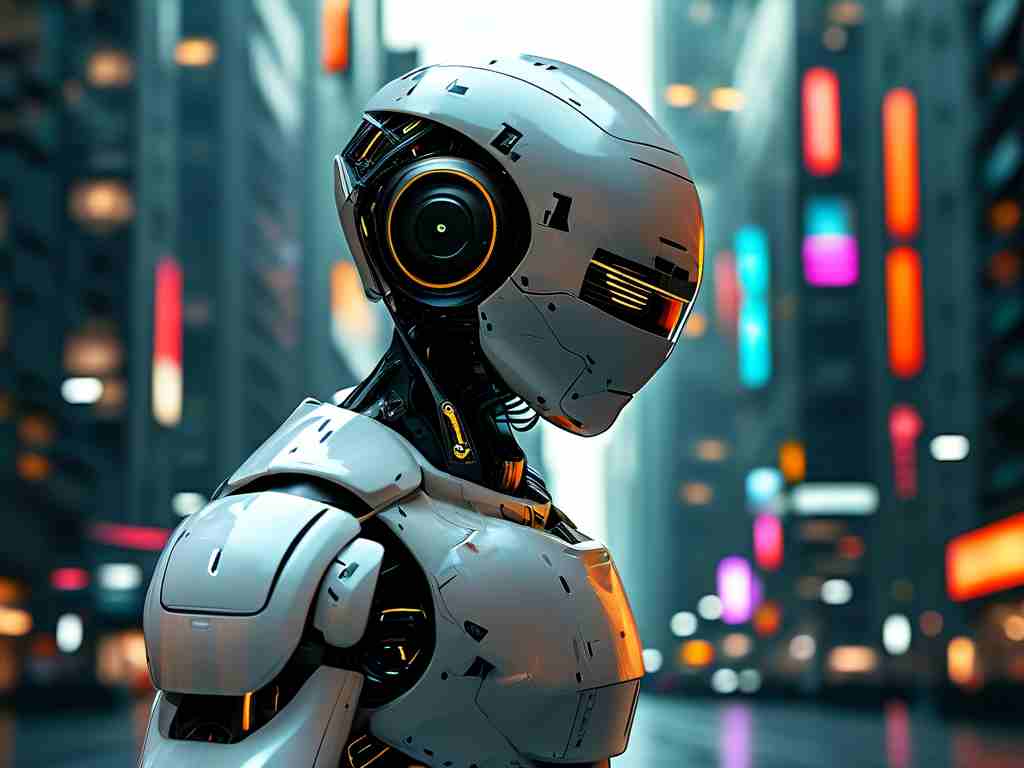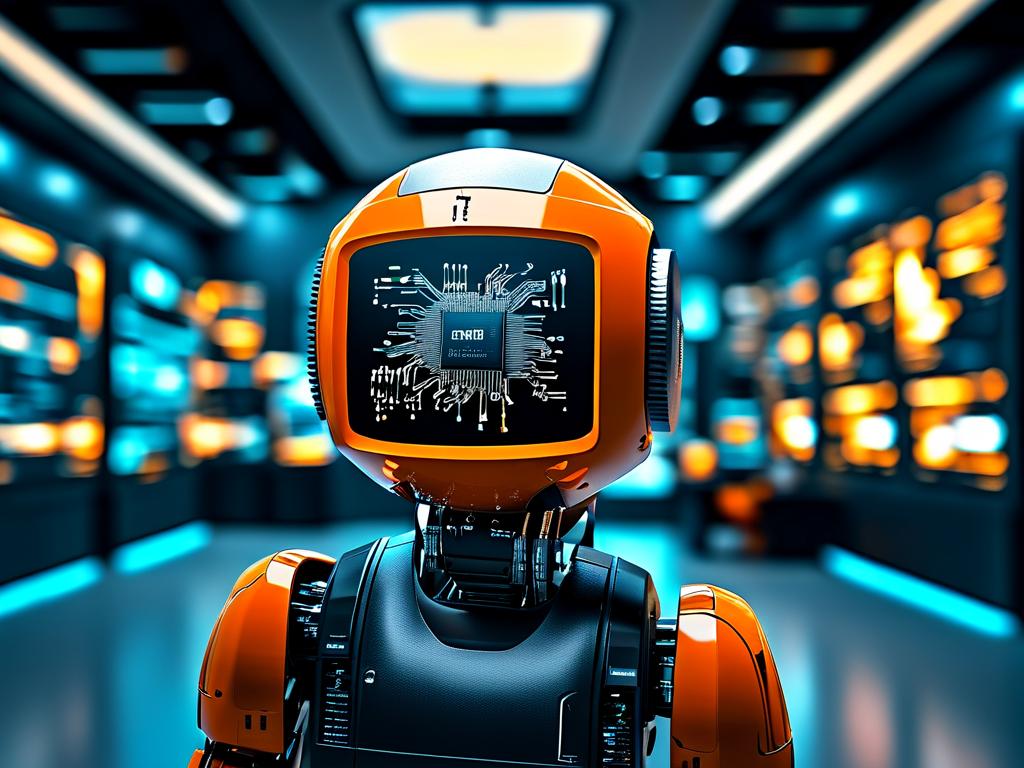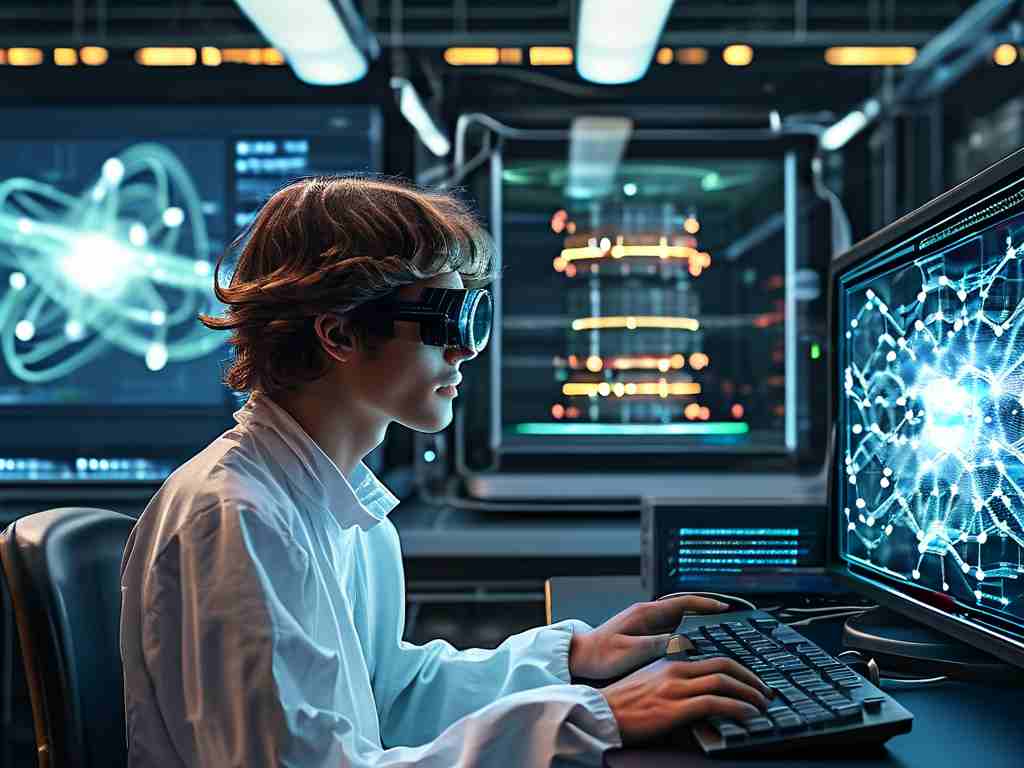The trajectory of robotics technology is advancing at an unprecedented pace, reshaping industries and redefining human-machine interactions. As we look toward the future, the convergence of artificial intelligence (AI), edge computing, and advanced materials is poised to unlock capabilities once confined to science fiction. This article explores the key milestones and challenges in the next-generation development of robotics, emphasizing their transformative potential across sectors.

1. The Shift from Task-Specific to Adaptive Systems
Early robotics focused on repetitive, structured tasks in controlled environments—think assembly lines or warehouse sorting. Modern systems, however, are transitioning toward adaptability. Machine learning algorithms now enable robots to process real-time data, adjust to dynamic conditions, and even learn from failures. For instance, agricultural robots equipped with multispectral sensors can differentiate between crops and weeds, optimizing pesticide use while adapting to varying soil conditions. This shift demands advancements in lightweight sensor integration and energy-efficient processing architectures to support decentralized decision-making.
2. Human-Robot Collaboration: Breaking the Safety Barrier
The next frontier lies in seamless collaboration between humans and robots. Traditional industrial robots operate in isolated zones due to safety risks, but collaborative robots (cobots) are designed to share workspaces. Innovations like force-sensitive actuators and computer vision allow cobots to detect human presence and adjust movements instantaneously. In healthcare, surgical robots such as the da Vinci system exemplify this synergy, where surgeons control robotic arms with sub-millimeter precision. Future systems may incorporate brain-computer interfaces (BCIs), enabling direct neural command transmission for applications in rehabilitation or complex manufacturing.
3. Edge AI and Distributed Intelligence
Centralized cloud computing has long supported robotic operations, but latency and bandwidth limitations hinder real-time responsiveness. Edge AI—processing data locally on devices—is emerging as a game-changer. Autonomous drones inspecting infrastructure, for example, use onboard GPUs to analyze structural defects without relying on remote servers. This approach reduces dependency on stable internet connections and enhances security by minimizing data transmission. Additionally, swarm robotics leverages distributed intelligence, where multiple units coordinate via localized communication protocols. Researchers are testing this in disaster response scenarios, with robot swarms mapping collapsed buildings while sharing situational updates.
4. Ethical and Regulatory Crossroads
As robots gain autonomy, ethical dilemmas intensify. Who bears responsibility if an autonomous delivery vehicle causes an accident? How do we prevent algorithmic bias in caregiving robots? Regulatory frameworks lag behind technological progress, creating uncertainty. The European Union’s proposed Artificial Intelligence Act attempts to classify robotic applications by risk level, but global consensus remains elusive. Transparency in AI decision-making—often called “explainable AI”—is critical, particularly for systems used in law enforcement or healthcare. Public trust will hinge on robust accountability mechanisms and interdisciplinary collaboration between engineers, ethicists, and policymakers.
5. Sustainability-Driven Innovation
The robotics industry is increasingly prioritizing sustainability. Energy-efficient actuators, biodegradable components, and solar-powered autonomous systems are under development. In ocean conservation, underwater robots monitor coral reefs and collect plastic waste, while agricultural robots optimize water usage through precision irrigation. However, challenges persist, such as recycling lithium-ion batteries from decommissioned robots. Circular design principles—where products are built for disassembly and reuse—are gaining traction to address this.
6. The Road Ahead: Cognitive Integration and Beyond
Looking beyond 2030, the integration of quantum computing and neuromorphic engineering could revolutionize robotics. Quantum algorithms may solve complex pathfinding problems in seconds, while neuromorphic chips mimic the human brain’s efficiency in processing sensory data. Such advancements could lead to “cognitive robots” capable of abstract reasoning and emotional interpretation. Imagine a robot teacher adapting its teaching style based on a student’s frustration levels detected through voice analysis. While these possibilities excite innovators, they also underscore the need for proactive governance to ensure technology aligns with societal values.
In , the future of robotics is not merely about smarter machines but about creating ecosystems where humans and machines coexist as partners. Success hinges on balancing technical ambition with ethical foresight, ensuring that each breakthrough serves humanity’s broader goals.









